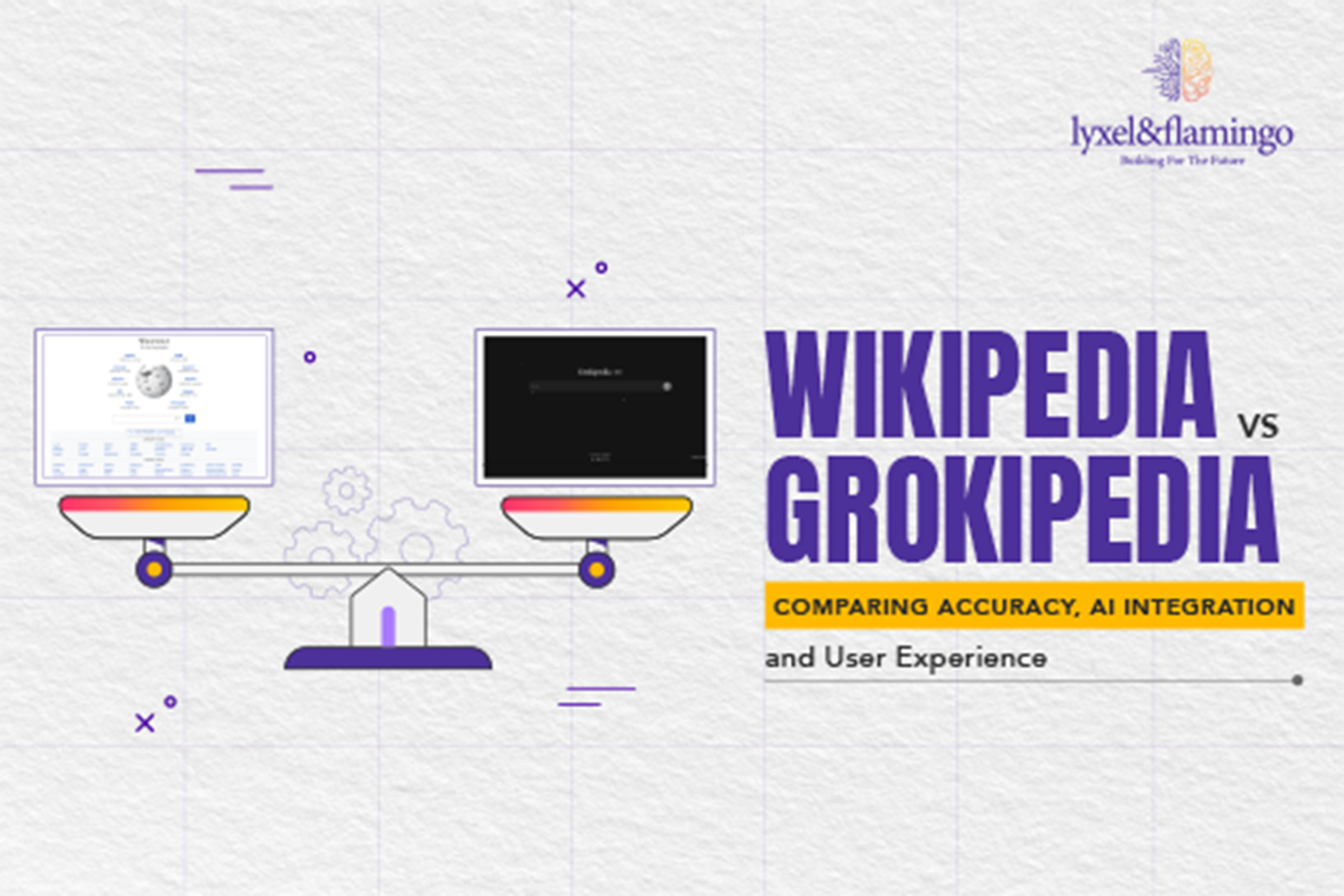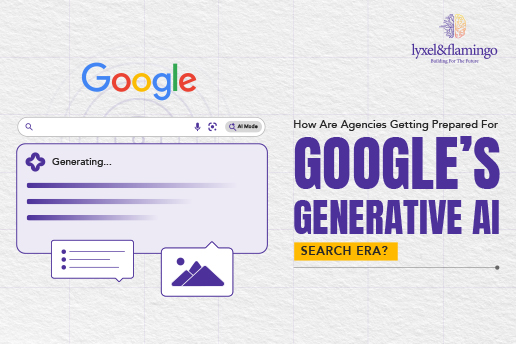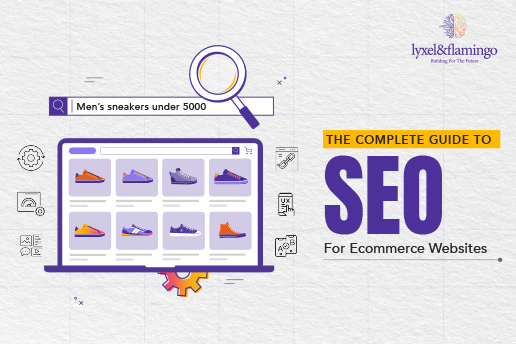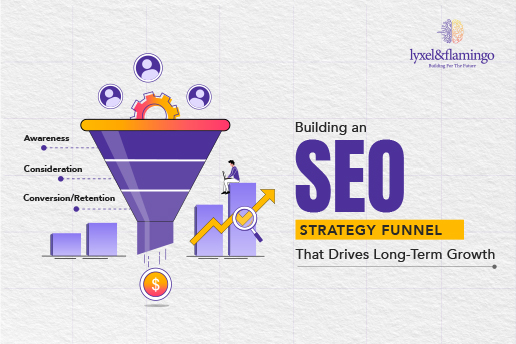It is the time of “Hummingbird,” “Panda,” “Penguin,” and other big updates to Google algorithm. Acing the Search Engine Optimization (SEO) game in this era comprises publishing content of great quality and the ones earning links. However, even if you have great content, your search rankings will not be affected if your website has technical or structural issues.
The following are the most common technical SEO issues that can negatively impact the rankings of your website’s search and how to fix them.
1) Unsecure HTTPS:
Your technical SEO checklist should now include HTTPS site security. If your site is not safe, Google Chrome will display a grey background or, worse, a red background with a “not secure” message when users input their domain name. This could cause users to abruptly abandon your site in favor of the search engine results page. The first step of this quick fix is to verify that your site uses HTTPS. To do this with Google Chrome, just type in your domain name. Your site is secure if you see the “secure” message.
How to rectify It:
You need Certificate Authority’s SSL certificate in order to switch your website over to HTTPS. Your website will be secure once you have purchased and installed your certificate.
2) Incorrect Indexing Of Your Website:
Is your website visible when you type in your company’s name on Google? You may not have done the indexing properly if the answer is no. Without proper indexing, your pages will be invisible to users and search engines alike. The Normative Procedure for Verification: Simply type “site:yoursitename.com” into the Google search box to view how many of your pages have been indexed.
How to rectify it:
- You can start by incorporating your URL to Google if your website is not at all indexed.
- If your site gets indexed, but there are many more results than expected, this could be due to spam that is hacking the site or to older versions of your website being indexed instead of the correct redirects set up to link to your updated website.
- If your website has been indexed, but you’ve noticed many fewer results than you were expecting, you can analyze the indexed content and compare it to the pages you want to rank by doing a simple text search. If you’re wondering why your site isn’t ranking, you should check Google’s Webmaster Guidelines to make sure it follows the rules.
- Check to be sure that critical pages of your website are not being restricted via robots.txt file if the findings are in any way completely different from what you anticipated. Additionally, make sure you didn’t accidentally incorporate a NOINDEX meta tag.
3) No XML sitemaps:
Google search bots get more about the pages of your website via XML sitemaps. These allow them to intelligently and effectively crawl your website.
How to rectify it:
If your site doesn’t already have a sitemap, you can make one yourself or hire a web developer to make one for you (and you land on a 404 page). The quickest and easiest way is to utilize an XML sitemap generator. If you use WordPress, the Yoast SEO plugin will automatically create XML sitemaps for you.
4) Incorrect or Missing Robots.txt:
If a robots.txt file is missing, that is a major warning sign, but it is also a fact that a robots.txt file that is incorrectly configured may harm your website’s organic traffic.
How to Verify:
Enter the URL of your website into your browser and add the “/robots.txt” suffix to see if there are any problems with the robots.txt file. You have a problem if the search returns “User-agent: * Disallow: /.”
How to rectify it:
As soon as you notice “Disallow: /,” contact your developer right away. It might be done that way for a good cause or just by accident.
If your robots.txt file is complicated, as they are on many e-commerce websites, you should check each line with your developer to ensure it is accurate.
5) Meta robots NOINDEX set:
The NOINDEX tag, when properly implemented, indicates that some pages are of lower priority to search bots. (For instance, categories of blogs that include several pages.)
NOINDEX can severely harm your search visibility if done wrong because it will remove all pages with a particular configuration from Google’s index. This is a serious SEO problem.
While a website is being developed, it’s customary to NOINDEX a lot of pages; however, after the website is up, the NOINDEX tag must be removed.
Do not rely solely on the fact that it was taken down; doing so will harm your website’s search visibility.
How to Verify:
- Choose “View Page Source by selecting the main pages of your website. Utilize the “Find” command, i.e., Ctrl+F, to locate lines in the source code that says “NOFOLLOW” or “NOINDEX,” such as:
<meta name=”robots” content=”NOINDEX, NOFOLLOW”>
- If spot-checking is not your game, you can use the audit technology of the site to scan the website in its entirety.
How to Rectify:
Confirm with your web developer if they have incorporated “NOFOLLOW” or “NOINDEX” in your source code for certain reasons when you see any of them.
If you don’t find any pertinent reason, ask your developer to remove the tag or change it to <meta name= “robots” content=” INDEX, FOLLOW”>.
6) Page Not Loading Quickly:
If your website takes more than 3 seconds to load, chances are that your website visitors will go to other pages. Page speed is taken into account during the user experience and also by Google.
How to verify:
Specific problems with speed on the website can be checked with Google PageSpeed Insights. Both mobile and desktop performance can be tracked via one of the technical SEO tools.
How To Rectify:
- The answer to a delayed page load might range from simple to complex. The common solution to increasing page speed includes improvement of browser caching, optimization or compression of images, minifying JavaScript, and time improvement of response from the server.
- Consult your web developer to make sure of the best solution for the specific page performance issues affecting your website.
7) Different Versions Of The Homepage:
If you have discovered that both “www.yourwebsite.com” and “yourwebsite.com” opens up the same page, it means that multiple versions of the URL are being indexed by Google. This negatively affects the visibility of your website in search results.
How To Rectify It:
- First, verify that several URL variations correctly lead to a single standard URL. This can apply to versions like “www.yourwebsite.com/home.html,” HTTP, and HTTPS. Verify every conceivable combination. The “site:yoursitename.com” command can also be used to find out the pages that are indexed and whether they have more than one URL.
- You must, yourself or with the help of a web director, set up 301 redirects if you find numerous indexed versions. Additionally, you must configure your Google canonical domain.
8) Unreliable Rel=Canonical:
If your site has duplicate or very identical material, you need to use the rel=canonical tag (especially for eCommerce websites). Pages that are generated on-the-fly (like blog post category pages or product pages) may be flagged as duplicate content by Google’s search engine.
Identical to URL canonicalization, the rel=canonical element informs search engines which “original” page is of the utmost importance.
How To Rectify:
- This one also requires spot-checking of your source code. Rectifications are different depending on your web platform and the structure of the content. Contact your web developer should you require any assistance.
9) Repetitive Content
The issue of duplicate content afflicts many sites as more and more firms use websites generated dynamically, content management systems, and engage in worldwide SEO.
It could befuddle search engine bots, making it difficult to provide your target audience with the appropriate content.
Duplicate content can happen for a variety of reasons, as opposed to content concerns like “thin” or too little content wherein you lack sufficient information on a webpage (Minimum 300 words).
- Items from e-commerce websites’ stores can be found under different URLs.
- Web sites designed for printing repeat information on the home page.
- The same material is translated into other languages on a global website.
How To Rectify:
These three problems can each be fixed in turn by:
- Suitable rel=canonical
- A suitable configuration.
- Use of hreflang tags correctly.
Other suggestions for reducing duplicate material are provided on Google’s support page, including the use of top-level domains, 301 redirects, and a restriction on boilerplate text.
10) Absence of Alt Tags
Any images that don’t load properly or have alt text attached are squandered SEO potential. The image alt tag property helps search engines index a page by informing the bot what the image is about.
It’s a simple method for boosting your page’s search engine rankings with the use of eye-catching visuals that also enhance the user experience.
How to Rectify:
Broken pictures and missing alt tags will typically be found during a technical SEO audit. It is simpler to maintain and keep up with image alt tags across your website when you conduct regular reports to check on your picture content as part of standard operating procedures for SEO.

Finishing Line
The greatest strategy to significantly increase your SERP visibility is to investigate the top technical problems – and their appropriate solutions. This can also significantly enhance the experience of the searcher of your website. By looking at what technical issues are causing the most problems for searchers, you can identify areas where you need to improve the website. Once you do this, it will help reduce the time it takes for a searcher to find the information they need on your website, resulting in improved SERP visibility.









